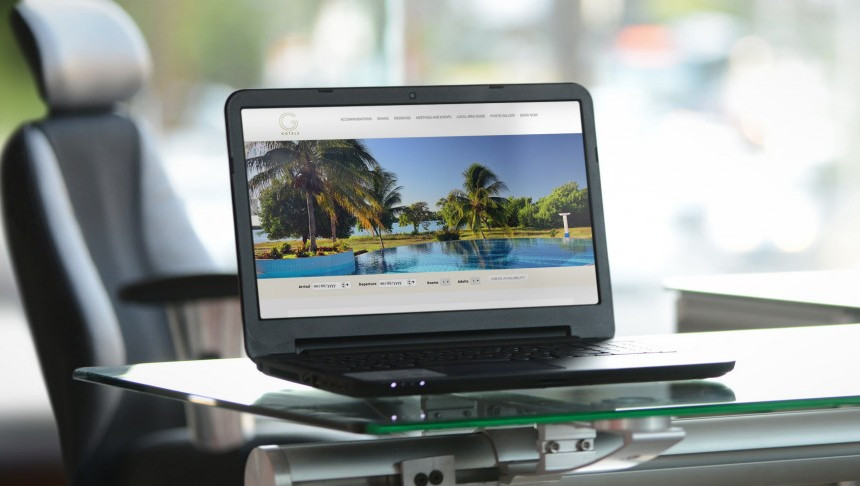
NB: This is an article by Doug Kennedy of Kennedy Training Network
There are a number of tactics that a reservations sales agent can be trained to use when callers mention they see the same rate online.
As a hotel industry trainer, one of my most popular topic areas is reservations agent sales training, as there are still plenty of hoteliers who recognize voice is an important distribution channel. When I solicit input during my pre-training management consultations, one frequent request is to train agents to do all they can to convince those shopping on online travel agencies to book directly.
It is not surprising that my clients ask me to train their staff on this subject. Rarely a week goes by that I don’t read at least one new hotel industry article about the rising costs of customer acquisition or how important it is to secure direct bookings and wean guests off OTA channels.
So for my article this month, I decided to do a little survey to see how the major brand call centers are handling calls from those who indicate they are comparing rates they see at OTAs. (From what I hear from my workshop participants, it is a common practice these days for consumers to be doing this.)
It should be noted that my survey was an unscientific one. The small sample size was small, and I in no way project these results as an indication of what any specific hotel brand’s central reservations office is doing. However, the results were worthy of commentary.
To start my survey, I first checked on Google to compile a few different rankings of the top five hotel brands. To complete my survey, I first conducted a search on Expedia, which is of course one of the most popular OTAs, and completed one search for the Miami Airport area and one for Times Square, Manhattan.
I narrowed down the search for each brand that I tested and then called the respective brand’s 800 number and self-identified as a caller who was traveling alone and looking for the lowest available rate. (All brands were tested in both locations, for a total of 10 calls.) After the rate was quoted, I indicated either that I had seen the same rate (or lower rate if that was the case) online at Expedia to test the reaction.
Knowing that most revenue managers these days strive for rate parity across channels, I was surprised to find that some of the hotels were completely “out of parity,” while others were in parity for a room with the same terms, but the OTA had a pre-paid, non-refundable rate open that was not mentioned by the CRO agent.
Two hotels were notably out of parity for a flexible (not advance purchase) rate. They offered significantly lower rates via their OTA channel than what the CRO agent quoted for the same terms. Four hotels had a lower rate on their OTA channel for an advance purchase, non-refundable room that was not mentioned by their brand CRO agent. (Of these four, three had the same rate for the flexible option, while the remaining one showed a higher rate at the OTA than what their agent quoted.)
Four hotels were in complete parity, meaning that the same rates showed online as quoted by phone. Because the purpose of my informal survey was more to test how the CRO agents responded to rate shoppers than a check of rate parity, it is worthy of mentioning what happened for each call. Here is the recap.
Brand One: Miami Airport Rates were in parity. After the quote I said I was seeing the same rate online and that I would just book it there to which the agent replied, “OK, whatever you prefer. It doesn’t matter.”
Brand One: New York Times SquareLower rates were showing both for pre-purchase, non-refundable ($292 versus $332 by phone) and for the flexible rate ($324 versus $349.). Agent did not reply to my comment that I saw the same rate online and politely ended the call.
Read rest of the article at: Hotel News Now




